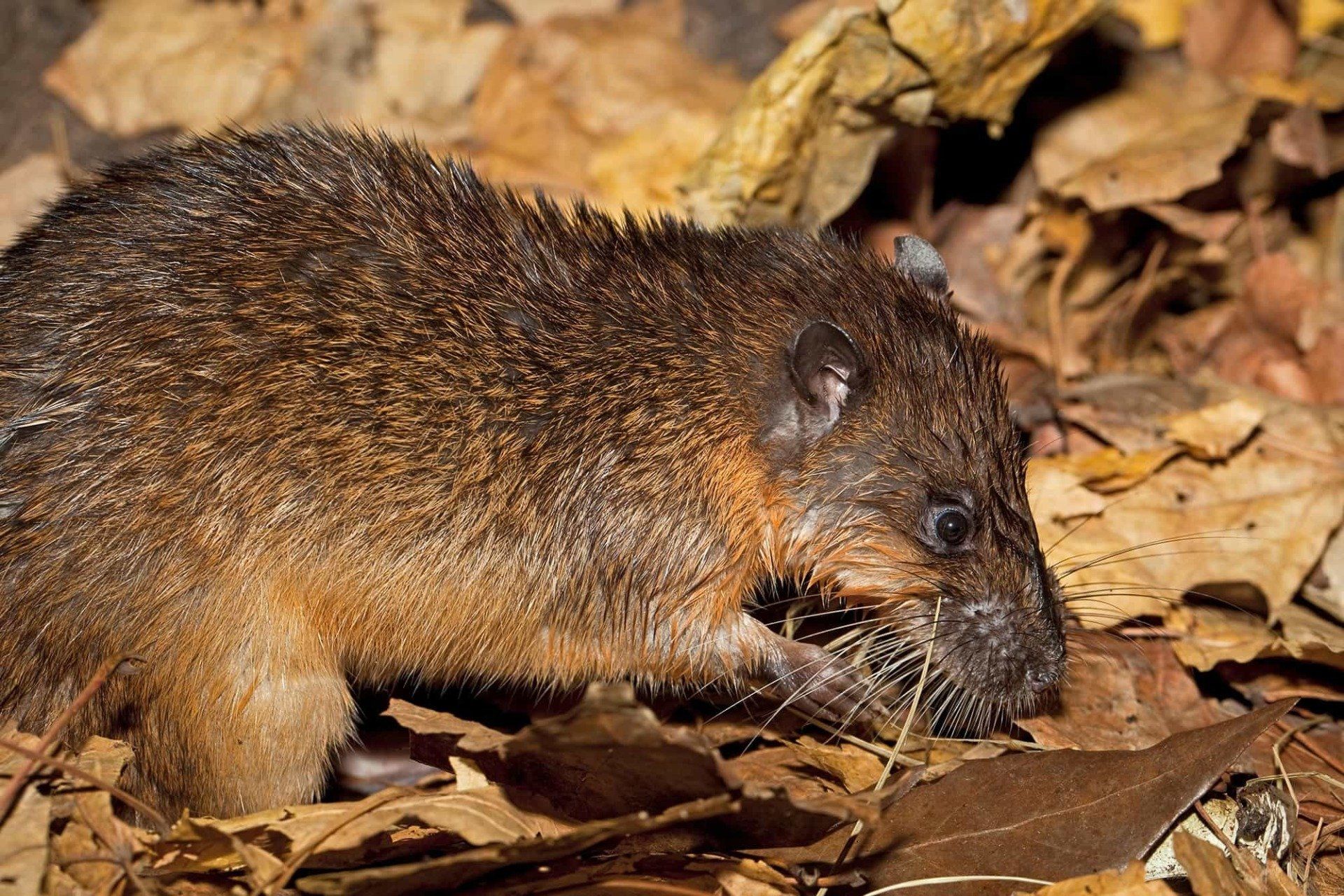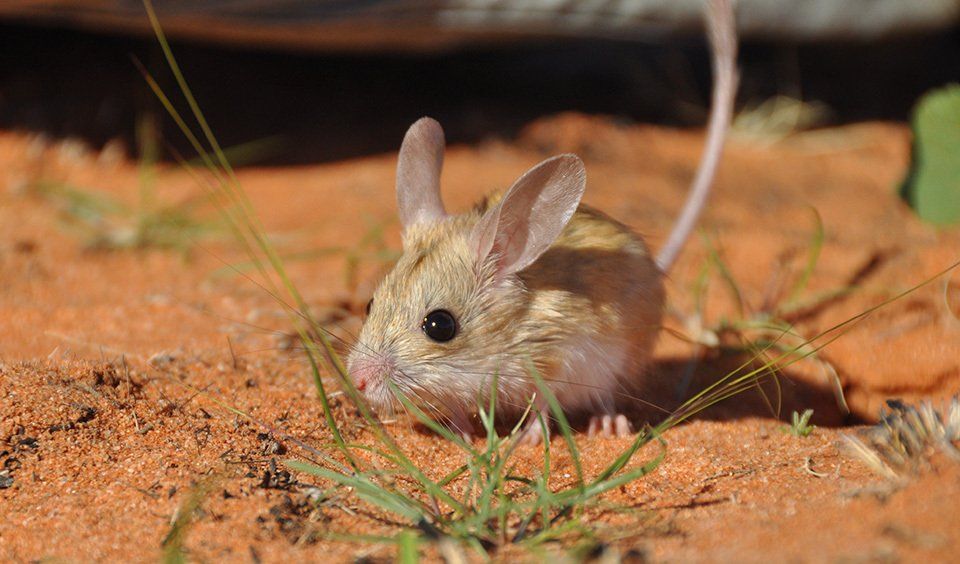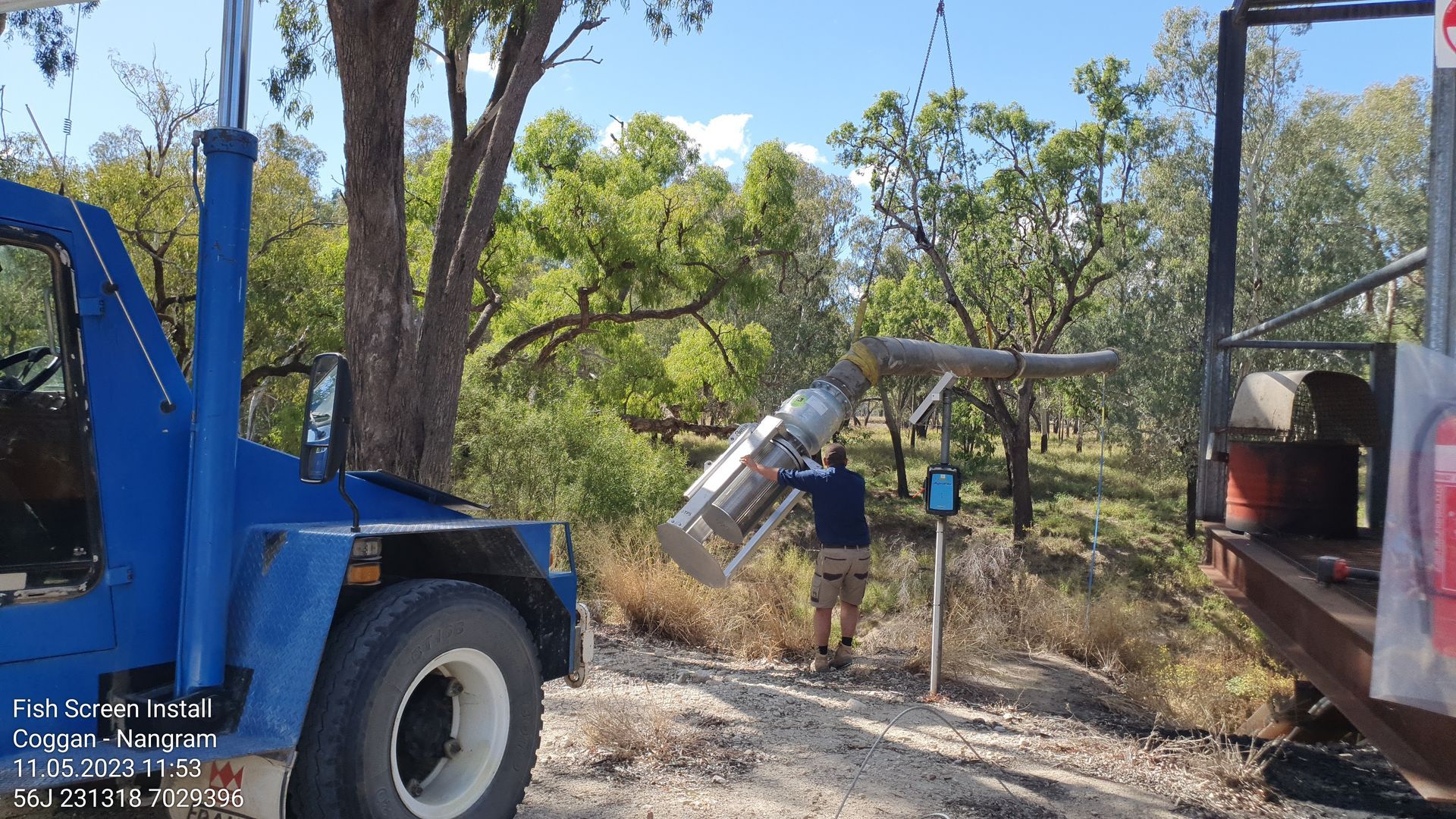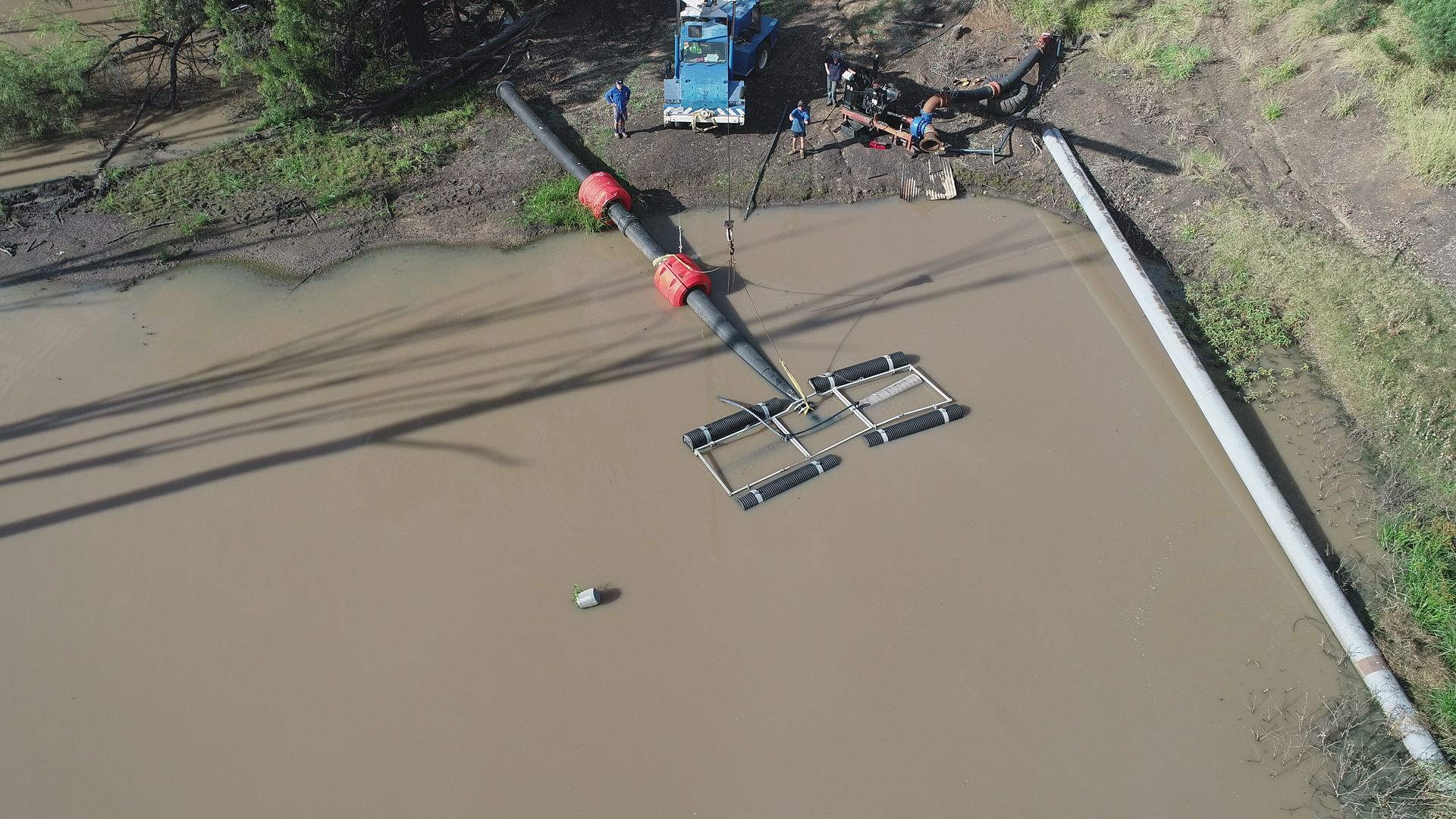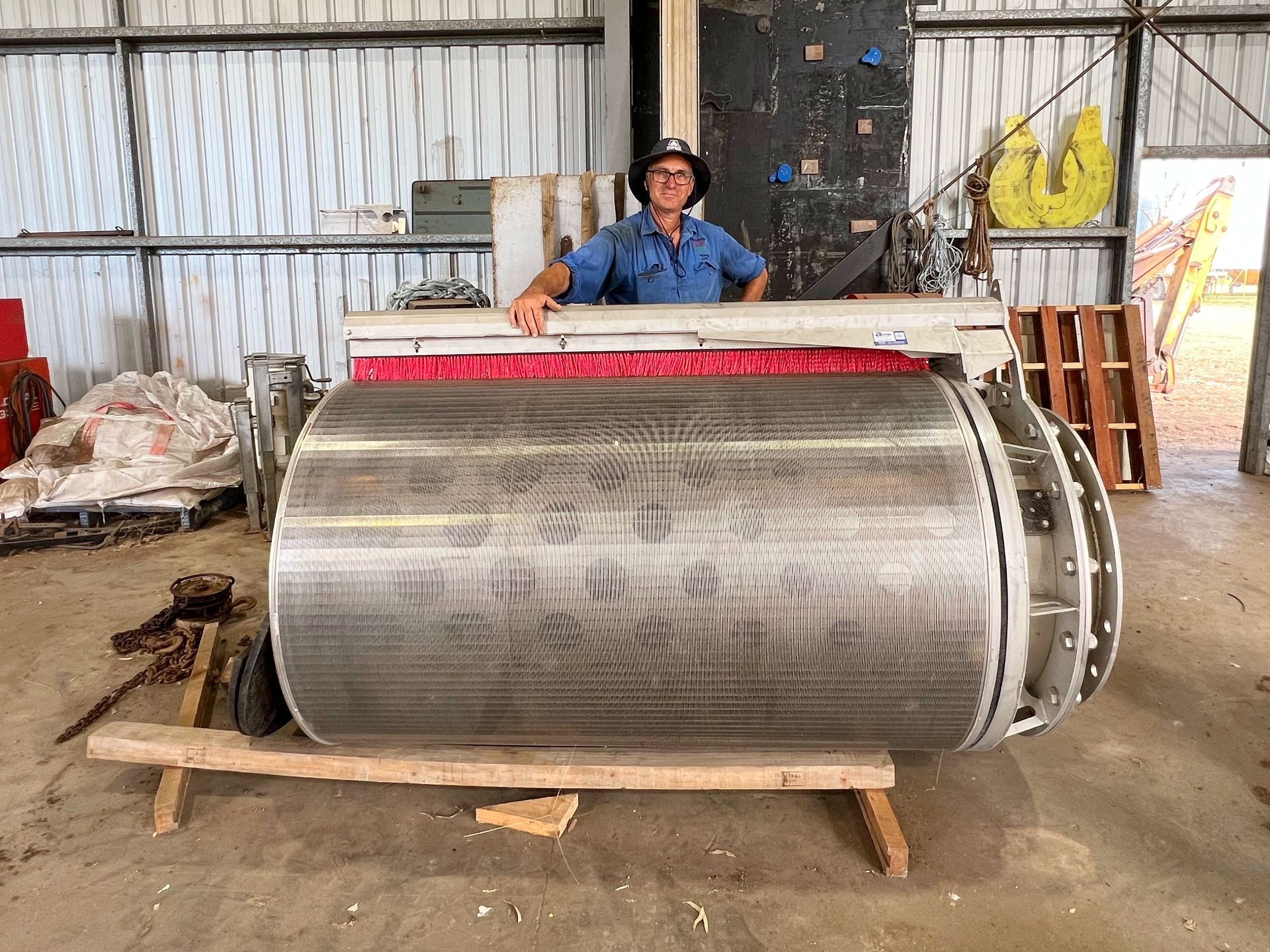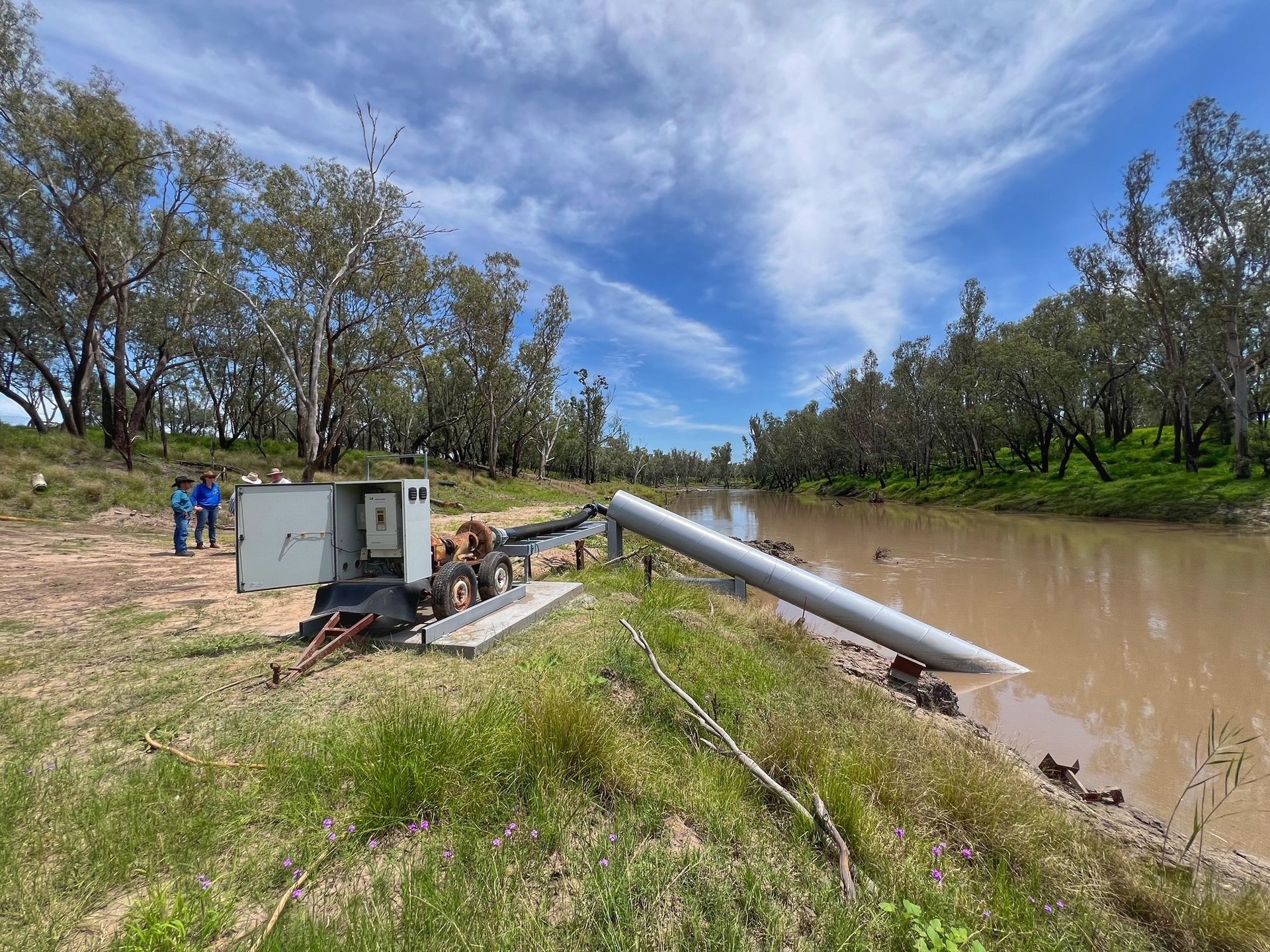Blog Layout
2020: the Year of the Rat
Meet the Aussie rat pack representing the Chinese zodiac
According to the more than 2000-year-old Chinese zodiac, 2020 is the Year of the Rat. People born in the Year of the Rat are said to be clever, charming and hard-working. Their namesake animals however are rarely described as such.
The most well-known rat in Australia is the common house (or black) rat. This introduced species of rat is found in urban populations. They spread diseases, pose a threat to native wildlife and keep residents up at night as they scurry in walls and rooves chewing on cables and wires.
Like many introduced animals, rats have native Australian counterparts. They are often indistinguishable to the untrained eye but are much better representatives of the characteristics of the rat zodiac.
Source: Australian Geographic. Image: © Rod Williams.
The water-rat – the clever;
Often referred to by their Indigenous name, rakali, the water-rat is the largest of Australia’s native rodents (40cm – 70cm in length, including their tail).
As one of only two amphibious mammals in the county (the other being the platypus), the water-rats’ body is cleverly designed for its habitat. Found throughout Australia, they live in burrows on the banks of permanent bodies of brackish or fresh water e.g. lakes, dams and urban rivers. They have webbed hind legs, a flattened head, a rudder-like tail, small ears and thick, soft, waterproof fur.
Their waterproof coat almost became their downfall in the 1930s and 1940s. At a time when fur coats and hats were the ‘must-have’ fashion accessory, water-rats were poached for their glossy pelts following a ban on fur imported from the United States. They are now a protected species and their population has recovered to a ‘low priority risk’ conservation status.
Source: Hawkesbury Institute for the Environment. Image: © Ben Moore.
The hopping mouse – the charming;
Unlike introduced species of rats and mice, hopping mice have inhabited Australia for more than 4 million years.
Only five (of 11) species of hopping mice still exist; the Spinifex Hopping Mouse, the Mitchell's Hopping Mouse, the Northern Hopping Mouse, the Dusky Hopping Mouse and the Fawn Hopping Mouse. The latter three species are classified as ‘vulnerable’ due to habitat degradation (drought and overgrazing) and predators including cats and foxes.
Each species of hopping mouse can be found in a concentrated section of sand plains or dunes across Australia. They live in burrows or in the hummocks of spinifex and cane grass, often close to water. However, this nocturnal mouse can survive in the desert without drinking, accessing all their water from their food which includes seeds, insects, fungi and even small reptiles.
With a tail almost one-and-a-half times the length of its body, round, fur-less ears and large eyes, these mice are at their most charming as they hop across the landscape like miniature kangaroos on their long, hind legs.
Source: The Australian Museum. Image: © Stephen Mahony.
The antechinus – the hard-working;
At a fleeting glance - which is all this animal is likely to give - the antechinus does bear a striking resemblance to a common mouse/rat. So much so, they are also known as marsupial mice.
But on closer inspection of the 10 species of native antechinus, their longer faces and feet, and large, thin ears distinguish them as unique, Australian marsupials. Their habitats are spread around coastal, country regions where they build nests in trees, vegetation and sometimes peoples’ homes.
Reproduction is a life and death experience for the hard-working antechinus. At 11 months of age, males receive all the sperm their body will ever produce, and they go on a mating spree until they die from a testosterone and stress-induced breakdown of their immune system. Females will mate with different partners, often simultaneously, giving birth to litters with multiple fathers. With no open pouch for their young, newborns attached to a teat and need to hold on to feed and survive while the female scurries through the undergrowth.
All of these clever, charming and hard-working animals can be found in pockets of the Southern Queensland Landscapes region. If you find one injured, please phone WIRES on 1300 094 737.
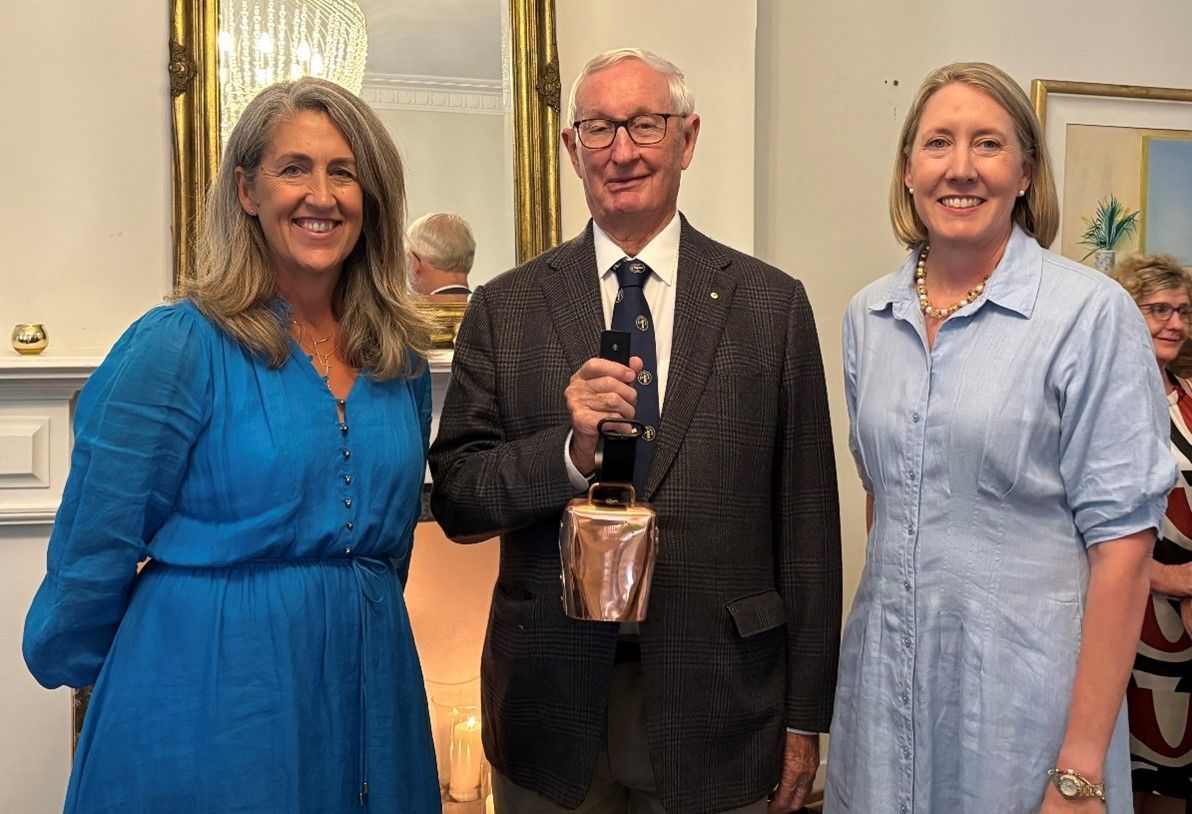
7 March 2025
Southern Queensland Landscapes is seeking an experienced and influential Board Chair to lead a multi-skilled Board in managing natural resources across Southern Queensland. This is a 3-year remunerated role based in Toowoomba, QLD, with the flexibility to manage from anywhere in Southern QLD. The ideal candidate will bring: • Substantial experience leading diverse Boards • Strong relationship-building and leadership skills • Expertise in environmental and agricultural matters This role is an opportunity to shape the future of natural resource management, working closely with land managers, community leaders, and industry professionals. Are you ready to make an enduring impact? For more details and to apply, visit www.windsor-group.com.au/job/board-chair-natural-resources-peak-body or contact Mike Conroy at apply@windsor-group.com.au.
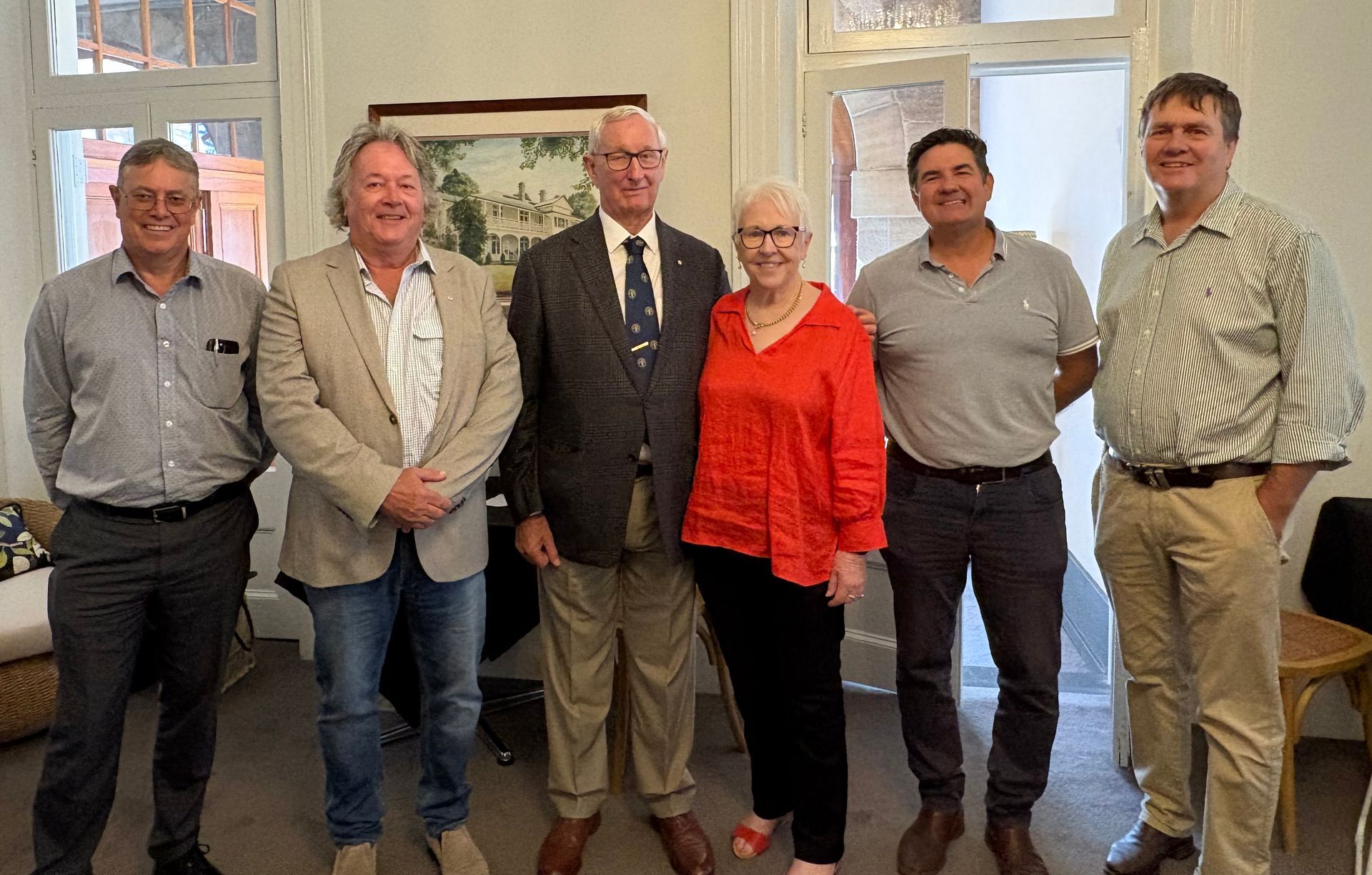
3 March 2025
This week marked the final Board meeting for retiring Southern Queensland Landscape Chair, The Hon Bruce Scott AM. The Southern Queensland Landscapes Board hosted a function at Gip’s restaurant in Toowoomba, joined by past Directors, industry stakeholders and the Southern Queensland Landscapes Management team, where Bruce was warmly acknowledged and thanked. Bruce offered special thanks to his dear wife Joan for her support during his period of service to Southern Queensland Landscapes, in particular the warm country hospitality she has offered to many visitors to Roma. Bruce also recognised and thanked Southern Queensland Landscapes Company Secretary Pam Murphy, who has supported Bruce in his service to Southern Queensland Landscapes since the organisation’s inception.
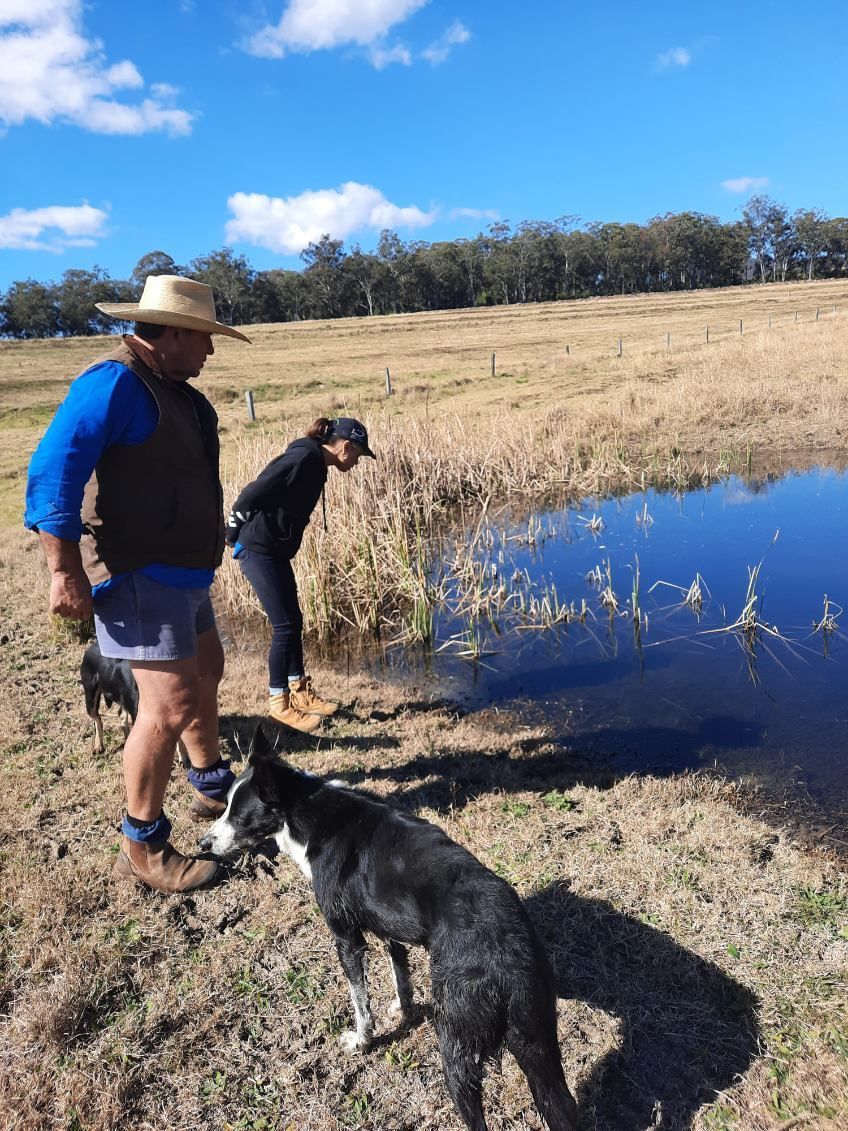
25 September 2024
The Condamine Headwaters, a critical ecosystem in Southern Queensland, has long faced threats from sedimentation, habitat degradation, and thermal regime changes. The Blackfish Project, dedicated to reversing these impacts, unites scientists, landowners, and the community in a shared mission to restore and protect this vital environment. At its core lies the river blackfish, a sensitive indicator of the overall ecosystem health. Central to the project's success is the unwavering commitment of landowners like Paul Graham. Inspired by the project's vision, Paul reached out to SQ Landscapes seeking support for a solar pump and tank to divert his cattle away from waterways on his property. Paul's deep-rooted love for his land, captured in his humorous quip "I love my land more than I love my wife," is a testament to the powerful connection between people and place that drives conservation efforts.
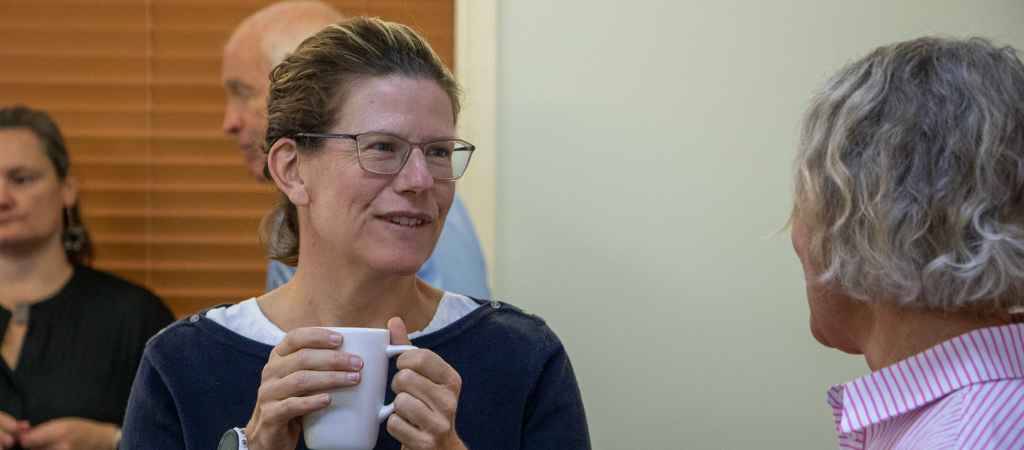
by Caleb Back
•
31 October 2023
The Board of Southern Queensland Landscapes recently met in Toowoomba. In addition to the Board meeting, Board and Executive worked through updating SQ Landscapes’ strategy. Company Secretary Pam Murphy highlighted the importance of the latest Board meeting and what it means for the company’s future. “The updated strategy will help SQ Landscapes deliver sustainable natural resource management (NRM) outcomes that improve the lives of people in regional communities now and for the future,” Pam Murphy said. “We’re excited to continue delivering value for our region and build Flourishing Landscapes and Healthy Communities across Southern Queensland under the guidance of the Board,” Mrs Murphy said.
CONTACT
EMAIL: admin@sqlandscapes.org.au
ADDRESS:
Toowoomba - 266 Margaret St. QLD 4350
Roma - 21 Major St. QLD 4455
Charleville - 92 Alfred Street. QLD 4470
St George - 1/11 Grey Street. QLD 4487
BUSINESS HOURS:
Monday - Friday: 8:30am - 5:00pm
Weekends and Public Holidays: Closed
CONNECT
LOCATIONS
All Locations
LIST
MAP
- 266 Margaret St, Toowoomba City QLD 4350, Australia 266 Margaret St, Toowoomba City QLD 4350, Australia
- 21A Major St, Roma QLD 4455, Australia 21A Major St, Roma QLD 4455, Australia
- Park St, Charleville QLD 4470, Australia 92 Alfred St, Charleville QLD 4470, Australia
- 48 Stockyard St. QLD 4490. Cunnamulla, 48 Stockyard St, 4490, QLD, Australia
- 1/11 Grey Street. QLD 4487 11 Grey St, St George QLD 4487, Australia
© Copyright 2024 | All Rights Reserved | Southern Queensland Landscapes
| Web Design by ACM Digital

